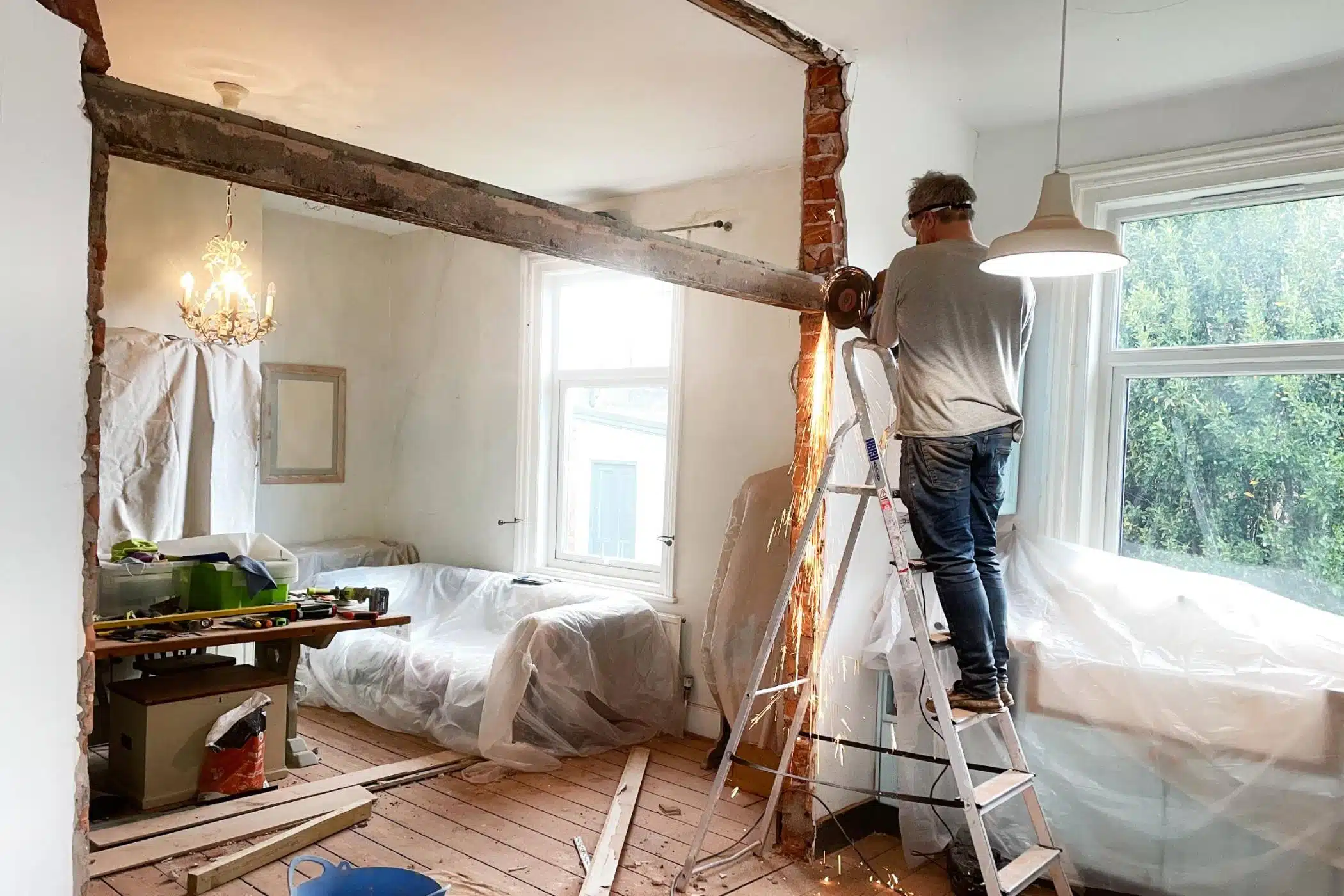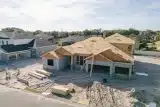Adaptive Reuse: Transforming Commercial Spaces for New Purposes
General
Posted by: Tyler Miller 8 months ago
The concept of adaptive reuse is simple: repurpose old or abandoned commercial spaces for new uses including new commercial space, residential areas, and more. The key to adaptive reuse is to preserve the history and character of the original building.
Join us as we explore the opportunities of adaptive reuse and the ultimate challenges and benefits of such a transformation.
Benefits And Importance Of Adaptive Reuse

With adaptive reuse being such a simple concept, it’s easy to forget its overall importance. Here are a variety of benefits that coincide with adaptive reuse.
Maintains Heritage
Since adaptive reuse relies solely on the recycling of old or otherwise abandoned buildings, the main focus of the practice is to maintain the heritage of the building. This includes keeping old wood or brick features, revealing ancient plaques or artwork, or even just keeping the main building structure the same.
Avoids Ruining Greenspace
The practice of adaptive reuse requires using an already existing structure. This means that no trees or green space will be compromised when refurbishing the space.
Fosters Community
Oftentimes, this approach can create beautiful structures. The buildings can be used not only for homes but also for libraries, bakeries, museums, or other public spaces that the entire community can admire and utilize.
Environmental Benefit
Adaptive reuse projects are a positive investment in the future. Environmentally, these projects significantly reduce waste and resource consumption. They repurpose existing materials and infrastructure and highly appeal to environmentally conscious investors and developers.
Associated Challenges
Despite their numerous benefits, adaptive reuse projects come with their own set of challenges.
One of the biggest challenges is that of zoning laws and building codes as they can complicate the repurposing process.
Not to mention, older buildings often require significant upgrades to meet modern standards for safety, accessibility, and energy efficiency. This can make it difficult to preserve the history of the building too.
Opportunities Through Adaptive Reuse
Although there are a variety of challenges associated with this approach, it doesn’t limit the opportunities that can be accomplished with a little work. From residential to commercial use, old buildings can be upcycled into new, refreshed spaces that can provide many uses.
Apartments And Homes
With the cost of residential spaces on the rise, reuse can make a difference. Breathing new life into an existing building allows for lower building costs and quicker build times. This also makes it easier and cheaper for those buying or renting to obtain a place to live.
Office Spaces
It can be difficult to find the perfect office space, especially one for a new or growing team. Using adaptive reuse to flip a commercial building can be helpful as you already have the general layout of the building. Not to mention, it’s nice to have a touch of history in a new, modern space.
Museums Or Libraries
Since buildings used for adaptive reuse typically have historical elements they’re perfect for buildings such as museums or libraries that already strive to promote and protect such elements.
Transform Your Outdated Building With Timber Rock Construction
You don’t have to tackle your project alone! Our Timber Rock Construction team has your back. We believe in working with our clients every step of the way, delivering high-quality custom-built projects on time and on budget.
You never have to worry about making the wrong decision when it comes to completing your renovation project. We value our clients’ trust and love being able to help them renovate their homes and commercial spaces so they fit not only their needs but also their dreams of the future for their families.
Categories:
You May Be Interested In:

How to Choose the Perfect Plot of Land For Your Custom-Built Home
3 days ago by Tyler Miller

The Long-Term Benefits of Energy-Efficient Home Design
2 weeks ago by Tyler Miller

Designing Outdoor Living Spaces to Complement Your Custom Home
2 months ago by Tyler Miller

When To Start Planning Your Custom Home For A 2026 Move-In
2 months ago by Tyler Miller